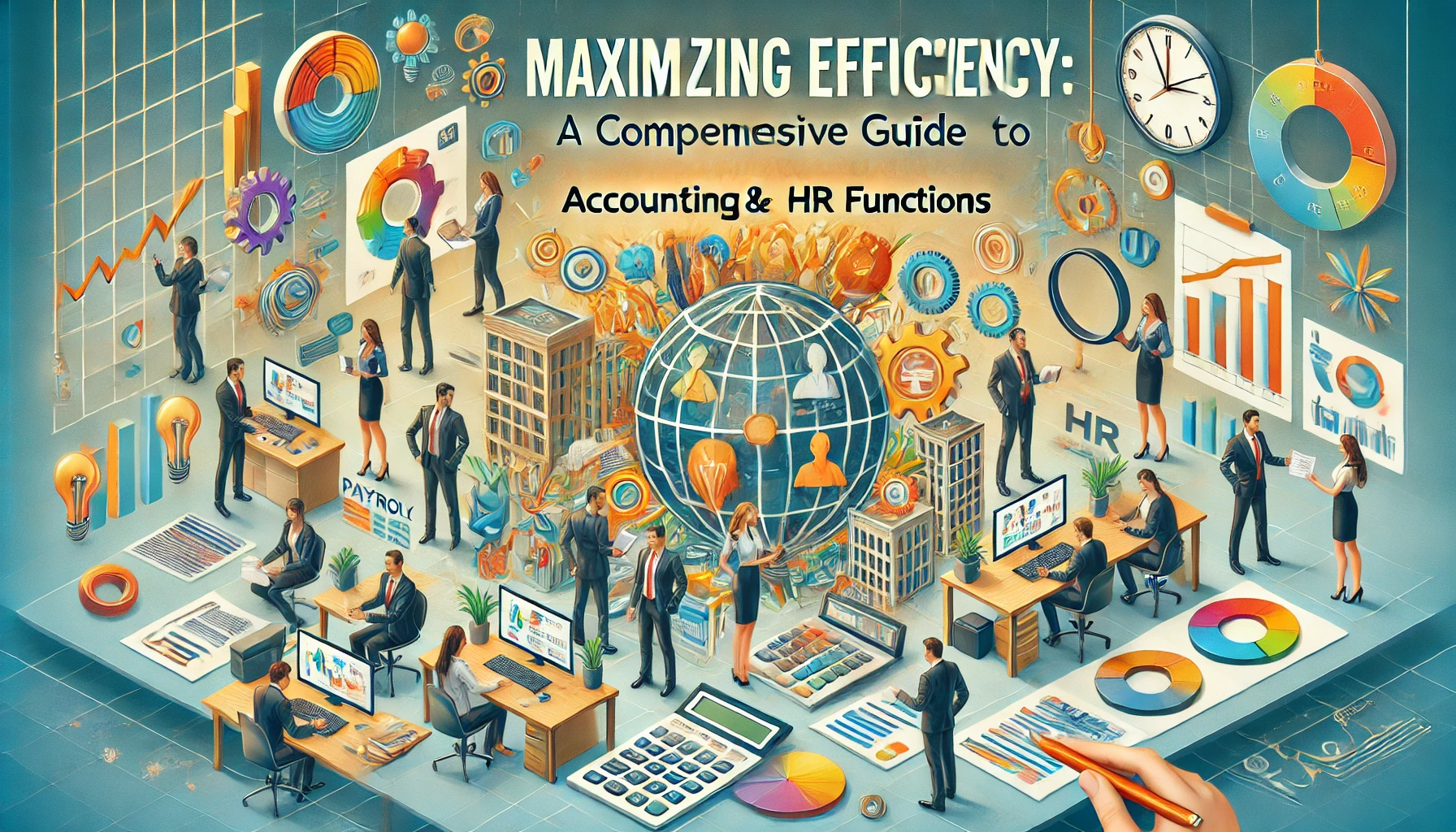
Modern Era Resume Myths: Debunked and Conquered – A Comprehensive Guide for IT Professionals
The Evolving Landscape of IT Recruitment
Before we dive into specific myths, it’s crucial to understand the context of modern IT recruitment. The tech industry is known for its rapid pace of change, and the hiring process is no exception. According to a recent study by LinkedIn, the IT sector has one of the highest turnover rates at 13.2%, indicating a dynamic job market with frequent movement of professionals.
This high turnover, coupled with the constant emergence of new technologies, has led to a complex recruitment landscape. Employers are not just looking for technical skills but also for candidates who can adapt, learn quickly, and contribute to innovative projects. Your resume, therefore, needs to reflect not only your current skills but also your potential for growth and adaptability.
Now, let’s address the myths that might be holding you back from showcasing your true potential.
Myth 1: “The ATS Can’t Read Resumes”
The Myth Explained
One of the most persistent myths in modern job searching is the belief that Applicant Tracking Systems (ATS) are incapable of accurately reading and parsing resumes. This misconception often leads to anxiety among job seekers and sometimes results in counterproductive strategies like keyword stuffing or using overly simplistic formats.
The Truth
Contrary to popular belief, modern ATS have evolved significantly and are now quite sophisticated in their ability to read and interpret various resume formats. According to a report by Jobscan, over 98% of Fortune 500 companies use ATS, and these systems have become increasingly adept at parsing complex documents.
Modern ATS can typically handle:
- PDF files
- Word documents (.doc and .docx)
- Plain text files
- Various other common file formats
They can also interpret:
- Standard and custom section headings
- Bullet points and numbered lists
- Basic tables (though these should be used sparingly)
- Chronological, functional, and hybrid resume formats
How to Overcome
While ATS have become more advanced, it’s still important to optimize your resume for these systems. Here are some strategies:
- Use a Clean, Simple Format:
- Stick to standard fonts like Arial, Calibri, or Times New Roman
- Use font sizes between 10 and 12 points for body text
- Utilize clear section headings (e.g., “Work Experience,” “Education,” “Skills”)
- Incorporate Relevant Keywords:
- Analyze the job description and include relevant technical skills and industry-specific terms
- Use both the full term and acronym for technical concepts (e.g., “Artificial Intelligence (AI)”)
- Place keywords in context within your work experiences and achievements
- Avoid Overly Complex Formatting:
- Steer clear of text boxes, headers/footers, and complex graphics
- If you use tables, keep them simple and consider having a plain text version as a backup
- Use Standard File Formats:
- Submit your resume as a .docx or .pdf file unless otherwise specified
- Quantify Achievements:
- Use numbers and percentages to highlight your impact (e.g., “Improved system efficiency by 30%”)
Myth 2: “Recruiters Don’t Read Resumes”
The Myth Explained
Another common misconception is that recruiters, overwhelmed by the volume of applications, don’t actually read resumes. This myth can lead to a defeatist attitude among job seekers, causing them to neglect the quality of their resumes.
The Truth
While it’s true that recruiters often have limited time for initial screenings, they absolutely do read resumes—especially for promising candidates. According to a study by Ladders, recruiters spend an average of 7.4 seconds on their initial screen of a resume. However, for candidates who pass this initial screen, recruiters will spend significantly more time reviewing the details.
In the IT industry, where specific technical skills and project experiences are crucial, recruiters often scrutinize resumes more closely to ensure candidates have the required expertise.
How to Overcome
To ensure your resume captures attention and warrants a deeper read, consider these strategies:
- Craft a Compelling Summary or Objective Statement:
- Begin with a powerful 2-3 sentence summary that highlights your most relevant skills and experiences
- Tailor this section to the specific role you’re applying for
- Use Bullet Points Effectively:
- Start each bullet point with a strong action verb
- Focus on achievements and results rather than just responsibilities
- Quantify your impacts where possible (e.g., “Reduced server downtime by 40% through implementation of proactive monitoring systems”)
- Tailor Your Resume for Each Application:
- Analyze the job description and prioritize your most relevant experiences
- Mirror the language used in the job posting (without forcing it)
- Highlight Key Skills Prominently:
- Include a dedicated “Technical Skills” or “Core Competencies” section
- List skills in order of relevance to the job you’re applying for
- Ensure Readability:
- Use consistent formatting throughout
- Leave enough white space to make the resume easy on the eyes
- Stick to a maximum of two pages for most IT roles (unless you’re applying for senior executive positions)
Myth 3: “The Bots Are Rejecting You”
The Myth Explained
There’s a pervasive fear among job seekers that automated systems are making final decisions about their applications, leading to unjust rejections without human oversight.
The Truth
While ATS play a crucial role in organizing and filtering applications, they are not the final decision-makers in the hiring process. According to a survey by Capterra, 75% of recruiters and talent managers use some form of recruiting or applicant tracking software. However, these systems are primarily used to:
- Organize and store applicant information
- Filter applications based on minimum qualifications
- Rank candidates based on relevant keywords and experiences
The final decisions are still made by human recruiters and hiring managers who review the top-ranked resumes and decide which candidates to move forward in the process.
How to Overcome
To ensure your resume performs well in ATS rankings and appeals to human reviewers, consider these strategies:
- Focus on Relevance:
- Tailor your resume to highlight experiences and skills most relevant to the specific job
- Use industry-standard terminology for technical skills and job titles
- Highlight Your Unique Value Proposition:
- Emphasize what sets you apart from other IT professionals
- Include any unique combinations of skills or experiences that make you particularly suited for the role
- Don’t Try to “Game” the System:
- Avoid keyword stuffing or hidden text (which can actually hurt your chances)
- Focus on creating a well-written, honest representation of your skills and experiences
- Include a Skills Section:
- List both technical and soft skills relevant to the position
- Order them by relevance and proficiency
- Keep Your Resume Updated:
- Regularly update your resume with new skills, certifications, and experiences
- Ensure all information, especially contact details, is current
Breaking Through the Myths: Your Path to Success in IT Recruitment
Understanding and overcoming these myths is just the beginning of your journey to landing your ideal IT role. In today’s competitive tech job market, you need a comprehensive strategy that goes beyond just crafting a great resume. Here’s how Tech Pro Hire can help you navigate the complexities of modern IT recruitment:
1. Personalized Resume Guidance
Our expert recruiters, with years of experience in IT staffing, provide tailored advice to help you create a resume that truly stands out. We understand the specific needs of tech employers and can help you highlight your skills and experiences in the most impactful way.
- Resume Review and Optimization: We’ll analyze your current resume and provide detailed feedback on how to improve it for both ATS and human readers.
- Technical Skills Presentation: Learn how to effectively showcase your technical skills, certifications, and project experiences in a way that resonates with IT hiring managers.
- Achievement Quantification: We’ll help you identify and articulate your key achievements in a way that demonstrates your value to potential employers.
2. Industry Insights and Trend Analysis
Stay ahead of the curve with our up-to-date knowledge of IT industry trends and in-demand skills. Our team continuously monitors the tech job market to provide you with valuable insights.
- Emerging Technologies: Learn about the latest technologies and skills that employers are seeking, allowing you to focus your learning and development efforts effectively.
- Industry-Specific Resume Tips: Get advice on how to tailor your resume for specific sectors within IT, such as cybersecurity, data science, or cloud computing.
- Salary Trends and Negotiations: Arm yourself with the latest information on salary trends in your specific IT niche to help you negotiate effectively
 Support
Support 










